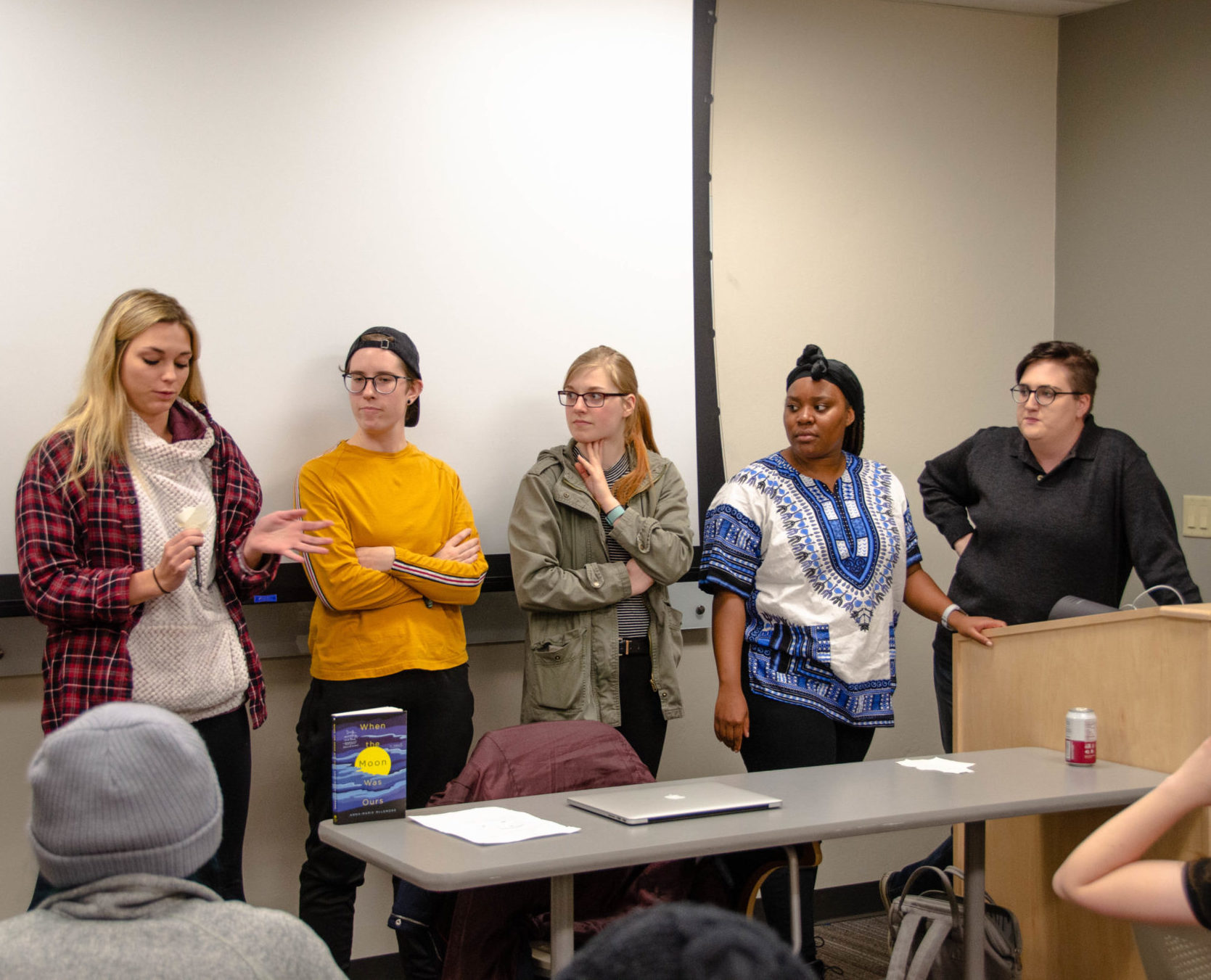
On Capitol Hill, a group of people cry ‘Black Lives Matter,’ and collectively lie down on the ground for 4 ½ minutes, the length of time police brutality victim, Michael Brown, was left to lie in the street after he was shot. Outside the Trump International Hotel, a dance protest takes place to object the removal of transgender protections and draw awareness to the human rights of the LGBTQ community. Thousands walk together in the Los Angeles survivors’ march chanting “Whatever we wear, wherever we go, ‘yes’ means ‘yes’ and ‘no’ means ‘no.’” Groups of people flood the streets of New York City to hear the stories of DACA recipients and to show their support.
These movements transcend boundaries because they are so much bigger than a one-time protest, hashtag or event. Students here at CSU feel the effects of these movements and can relate to these marginalized groups and the values they uphold. The continued importance and social impact of these movements inspired Assistant Professor of English Ricki Ginsberg and Assistant Professor of History Jessica Jackson to combine these movements into one interdisciplinary course offered this fall, LB393: #BlackLivesMatter, #MeToo, #DACAmented, #Pride.
An interdisciplinary approach
LB393 breaks down disciplinary walls to allow students to examine the social movements that inform their generation from historical and literary perspectives. While these hashtags are often familiar, this course offers the necessary context to analyze the relevance of these movements, their roots, and their broader significance.
Through a joint teaching model, Ginsberg and Jackson provide distinct interpretations and perceptions of the same subject, offering students twice the resources and twice the knowledge of a traditional college course.
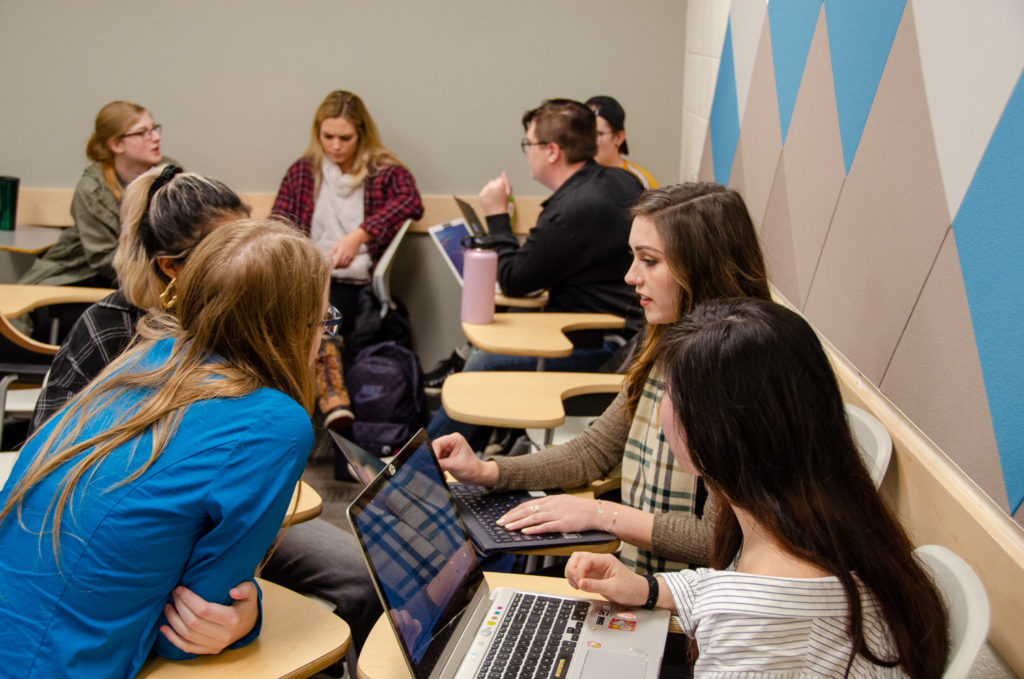
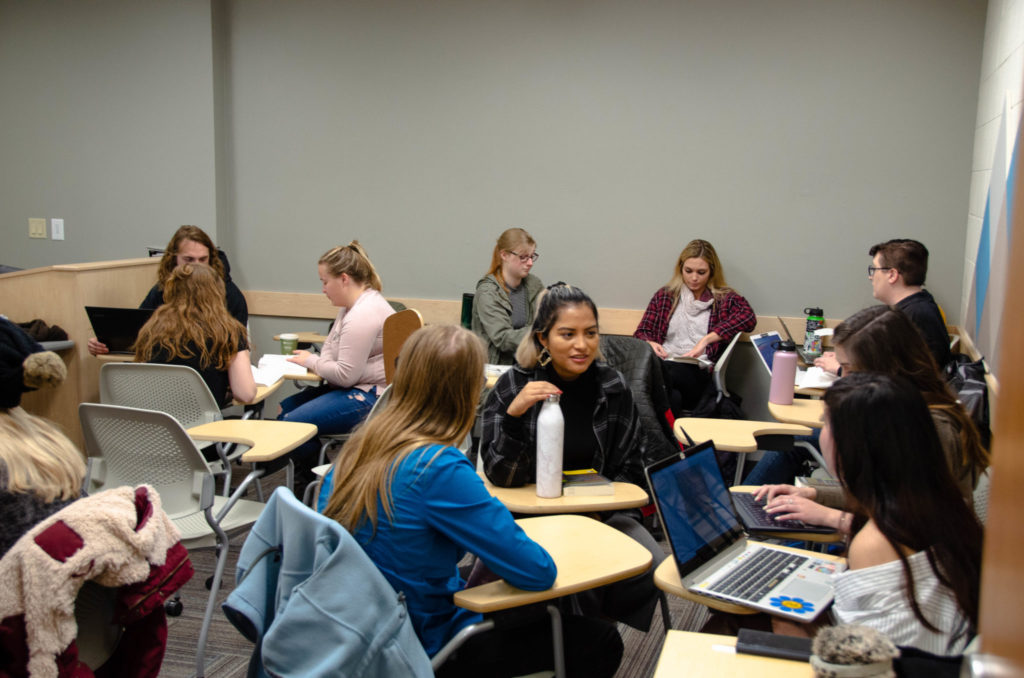
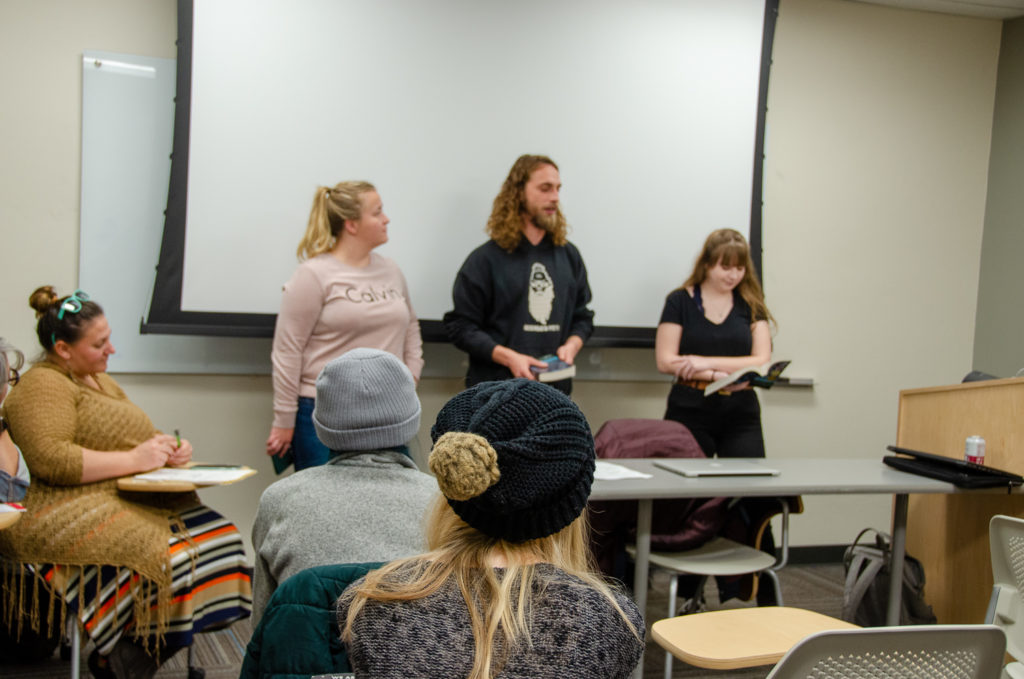
A richer student experience
Not only does this class provide an opportunity for students to study movements that reflect the current social climate, the interdisciplinary teaching method enables them to interact with the subject in a unique way. Ginsberg supplies the story behind and of these movements while Jackson places them in historical context, allowing students to consider the content in unique ways.
To complement the interdisciplinary nature of this course, class sizes tend to be limited to 20 students, contributing to a more close-knit classroom environment.
A unique teaching style
This course was not born by mere chance. Ginsberg and Jackson are both teacher educators and a part of the Center for Educator Preparation (CEP) and the Race and Intersectional Studies in Educational Equity (RISE). They met in a writing group where they discovered each other’s interest in social issues. When the opportunity to form a course around their shared interest arose, they jumped on it. Their friendship, alongside the education models they subscribe to, became instrumental for their compatibility in the classroom.
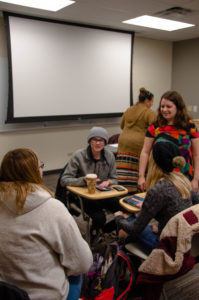
“We are very open to seeing how the other person is working,” said Jackson. “The benefit is that we have gotten to hang out a lot and learn from each other.”
The course is divided into three-week units dedicated to each movement and shifts between a variety of teaching methods. Through small- and large-group discussions, interactive lecturing, and literature circles, students can interact with the material in a multilayered way to enhance their learning experience.
“Our pedagogical style is not as traditional; we don’t stand in front of the room and just lecture the whole class,’ said Ginsberg.
On the teaching side, teamwork is essential. Ginsberg and Jackson worked together to truly give their students a co-teaching experience. They achieved this through combined office hours, collective grading, and collaborative student feedback.
Future interdisciplinary offerings
Each semester, a unique LB393 course is offered, giving 20 lucky students the opportunity to experience interdisciplinary learning. This spring, Assistant Professor of Journalism and Media Communication Michael Humphrey and Assistant Professor of Communication Studies Elizabeth Parks will collaborate in teaching LB393: Storytelling, Listening, and Ethical Community Engagement.
As for the 20 students who spent this past semester engaging in an interdisciplinary exploration of social movements, they are excited to share their learning with the CSU community. They will be hosting a public symposium, Social Movements & Collective Action Through History & Story, on Monday, December 16, 6:30-8:30 p.m., in the LSC Grey Rock Room.